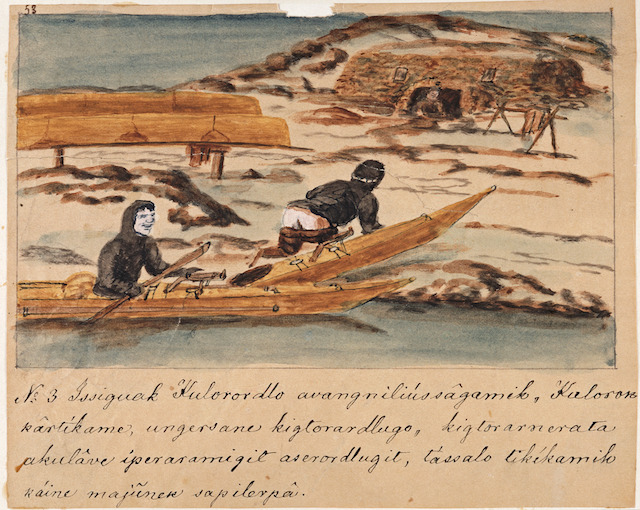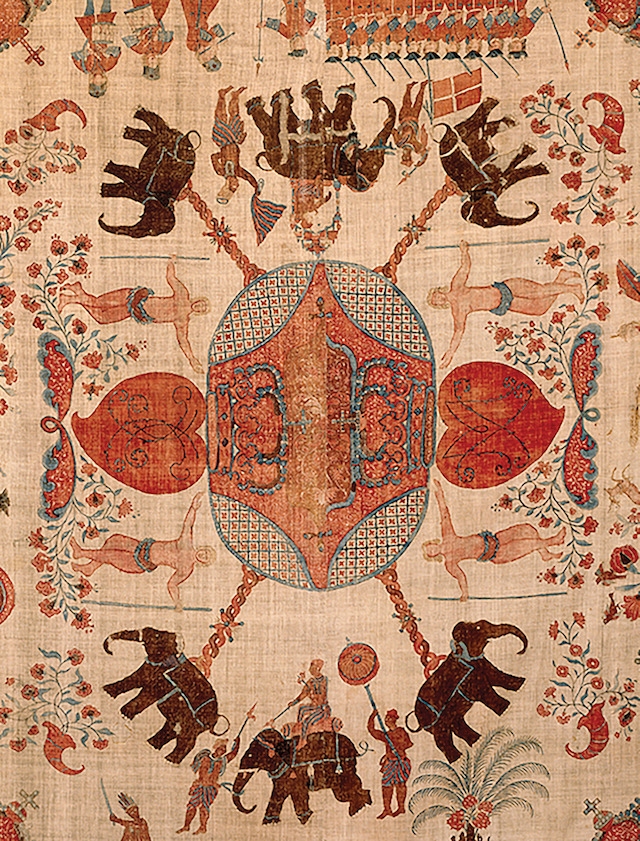Art Through Denmark
Art Through Denmark was a research project led by Professor Michael Hatt and Dr. Margit Thøfner (UEA).
There remains a tendency to see Nordic art as either peculiarly local or else a belated response to ‘mainstream’ European trends. The purpose of this project was to reverse that perspective, to see art from Denmark, a nation with a long and varied imperial history. Thus, one of our aims was to explore how Danish art functioned through pan‐European and, eventually, global networks.
However, this was not simply about adding Denmark to the map of world art. Instead, it served as a case study for thinking more broadly about the discipline of art history and its conceptions of place and time: not art in Denmark but rather art through Denmark. We explore the methodological basis of what we call, following Sanjay Subrahmanyam, ‘connected art histories’, and consider how we might think about global art history through Denmark, and Danish art history through the global.
The project involved scholars from the UK, Denmark and the US, and addressed the central theoretical question through a wide range of examples, from a twelfth-century ivory cross to twenty-first century video art. We organised two workshops, one at the University of Warwick and a second at the University of Copenhagen, generously funded by the New Carlsberg Foundation, the Association of Art Historians, and the University of Warwick. The project culminated in the publication of a special issue of Art History in April 2020.
Our Leverhulme Early Career Fellow, Dr Josefine Baark, contributed the essay, ‘Fair Game: The Cross-Cultural Chase in Eighteenth-Century Denmark’. Baark examined an Indian palampore, an eighteenth-century textile meant for Danish royal consumption.
Rather than straightforwardly linking Denmark and Tranquebar, the Danish trading post in India from where the palampore came, she used an interpretative framework provided by chinoiserie in royal interiors in and around Copenhagen, in order to reveal a network of ‘associative values’ underpinning cross-cultural trade and collecting, and thus formulating a means of understanding early modern objects-in-motion.
Hatt’s essay, ‘Picturing and Counter-Picturing in Mid-Nineteenth-Century Colonial Greenland’, examined the emergence of the visual image into Greenlandic culture under the governorship of H. J. Rink, and the subsequent role of pictures and picturing in the conflict between the colonial and the indigenous. The role of visual images and their circulation opened up a re-thinking of Danish colonialism in Greenland, challenging orthodox notions of a Manichean division between good and bad colonialism, or, as more recent scholars have done in Foucauldian analyses, the ‘governmentality’ of Danish colonial rule, and proposing instead that Danish colonialism in Greenland be thought of as a dialectical movement synthesising destruction and preservation, benevolence and exploitation, picturing and counter‐picturing.
Hatt’s essay is to be translated into Danish and Greenlandic in the publication accompanying the 2021 exhibition Grønland – i Kunsten gennem 300 År (Greenland in Art through 300 Years) organised by the Museum for Religious Art in Lemvig, Denmark and the Arctic Institute at the University of Copenhagen.


